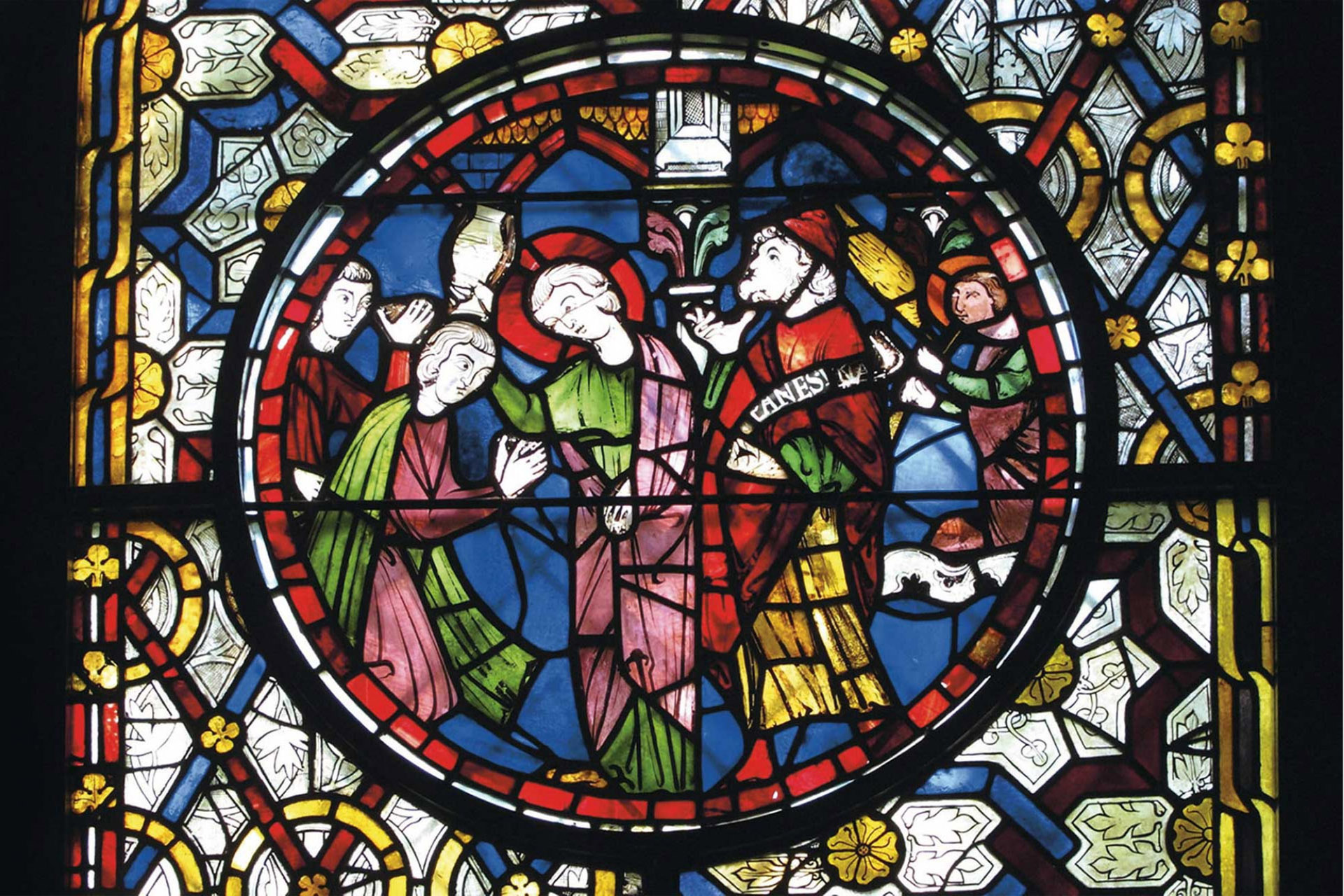We are sharing with you today a blogpost written by our wonderful PhD student Harry Gilbert, who first did his MA with us in 2020 and who is now back again this year for his doctoral adventure. Harry’s thesis focuses on Rochester Cathedral and its medieval history – a truly fascinating topic which led him to Malling Abbey two weeks ago.
Here is what Harry discovered:
“Not too long ago I accompanied Rochester Cathedral’s heritage officer, Jacob Scott, to Malling Abbey. This was the first of several planned visits that aim to photograph and create 3D models of points of interest across the abbey’s buildings, from the gatehouse to the abbey proper.

Though much of the abbey is later, or indeed modern, remnants of the Norman abbey survive to this day, primarily in some of the surviving masonry. What was striking to me was much of the architectural similarity shared between the abbey and Rochester Cathedral; unsurprising considering their intertwined histories.
The highlight of my visit, however, was the face of what appears to be a monk, or possibly even a monk-bishop, within some of the stonework, found upon an older survival of the abbey positioned parallel with one side of the modern cloister.
Though we will never truly know the identity of the monk, Sister Mary Owen informed me that many in the community like to imagine that the face is that of Bishop Gundulf, the second Norman bishop of Rochester who founded Malling Abbey and cared for its administration until he sanctioned the election of an abbess upon his death bed. The head of this mystery monk certainly falls in line with depictions of Benedictine monks, particularly the ears, which bear a striking resemblance to the monks pictured upon fol. 108r of London: British Library, Cotton MS. Nero D II, a version of the Flores Historiarum written at Rochester.

To this day, Bishop Gundulf is revered at Malling Abbey, and rightly so. From what we know of him from the Vita Gundulfi, this bishop was a man always invested in the spiritual well-being of women. Not only did he oversee his biological mother’s transition into becoming a nun in Normandy, but he loved the Virgin Mary above all other saints, is compared only to the saints Mary and Martha within his Vita, and founded Malling Abbey and provided it with an abbess upon his death.”

